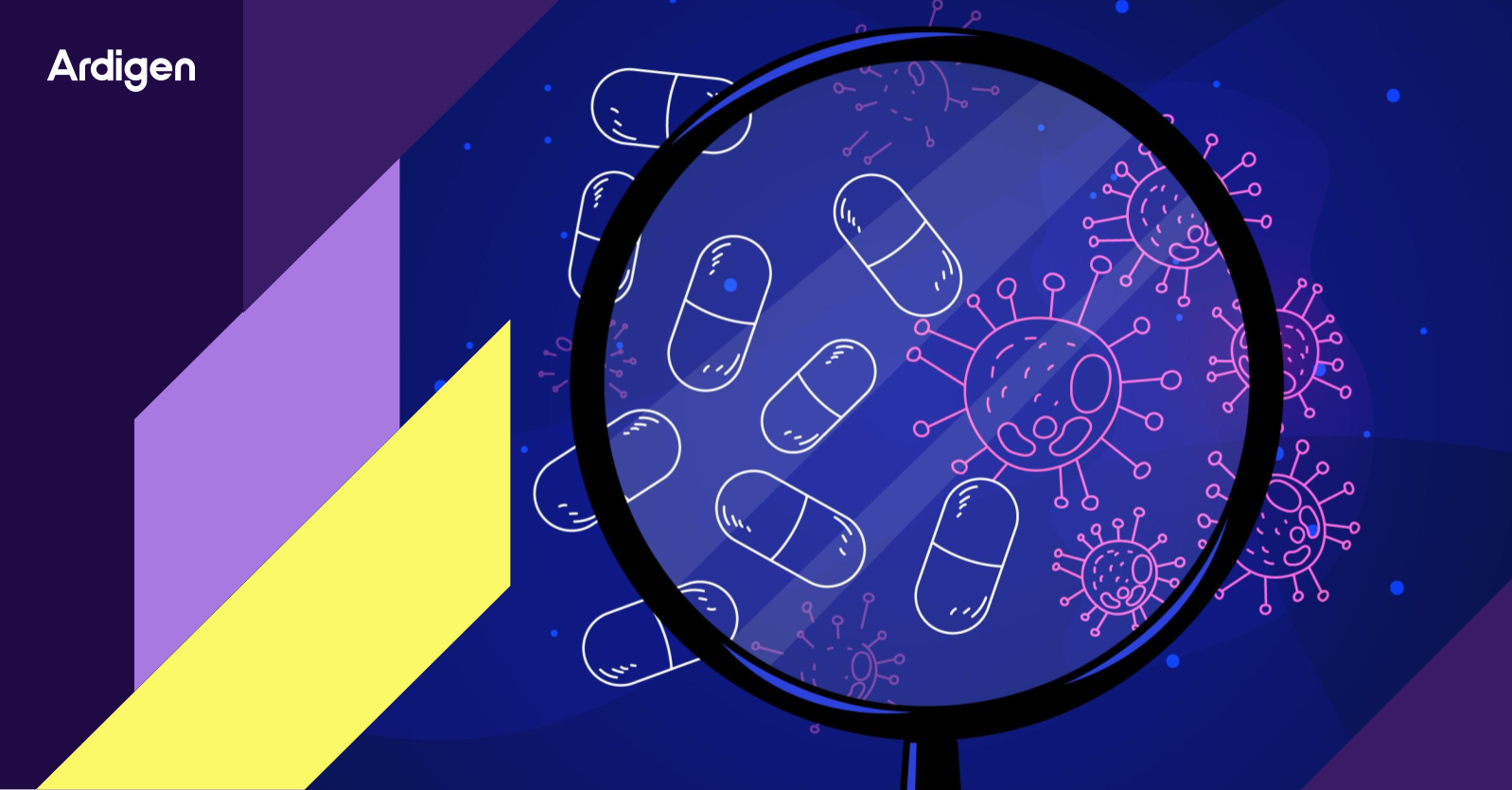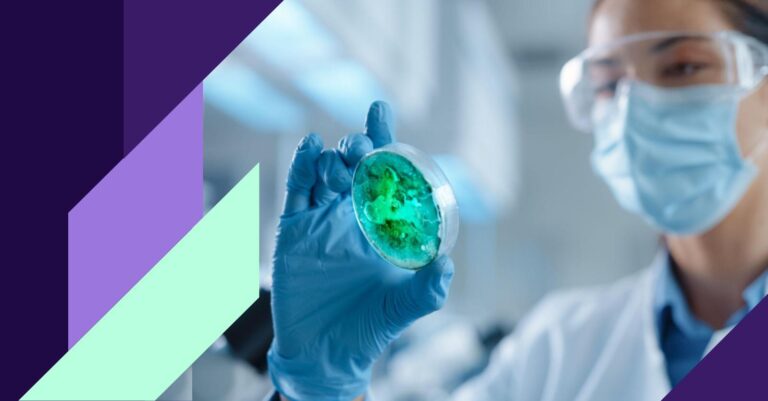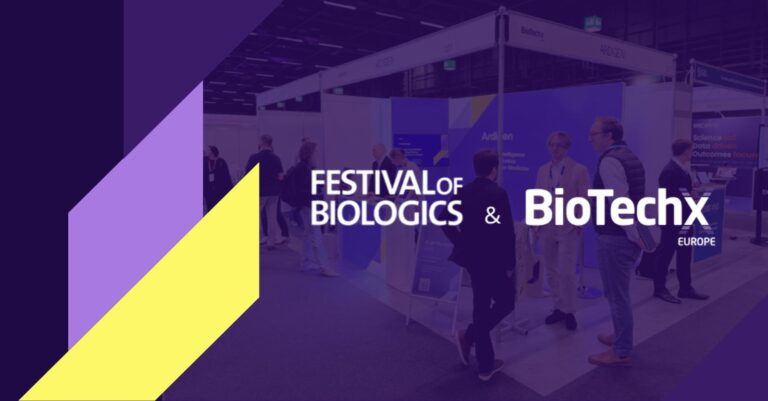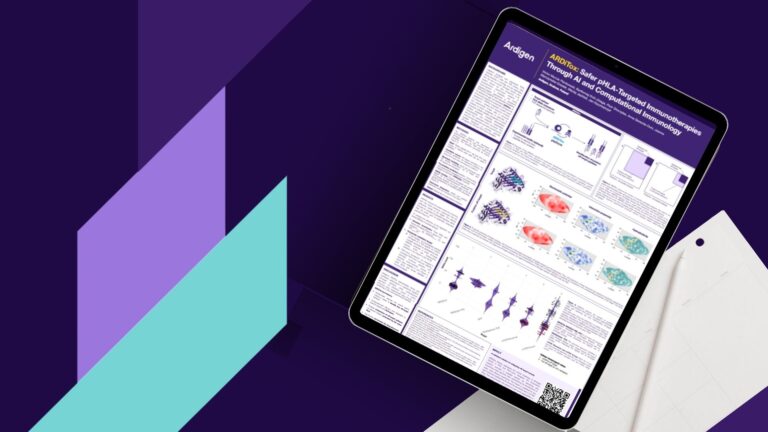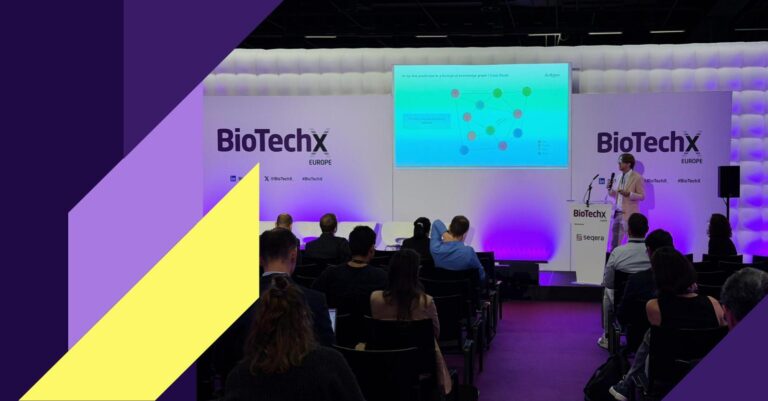Post: Harnessing the potential of AI in drug discovery
The pharmaceutical industry is facing increasing pressure to innovate faster and more efficiently. As traditional R&D methods struggle to keep pace with rising costs and complex biology, AI-driven drug discovery has emerged as a powerful solution. By integrating computational intelligence across the discovery pipeline, drug discovery by AI is unlocking new frontiers – from target identification to clinical candidate selection.
The role of AI in modern drug discovery
Advances in machine learning in drug discovery are changing the way researchers analyze biological systems and design therapeutic interventions. AI algorithms can now identify disease-relevant targets, model compound-target interactions, and predict off-target effects with unprecedented accuracy.
These capabilities are especially valuable in early-stage discovery, where the right decisions can significantly influence downstream success. AI-driven drug discovery platforms can rapidly process multi-omics data, uncover hidden biological relationships, and prioritize targets based on disease relevance and druggability.
Our expertise in handling multi-omics data is further demonstrated by our work in integrating diverse life science datasets to provide a unified view for research.
Ardigen’s AI Target Identification services are designed to do just that – supporting AI-driven drug discovery efforts with precision and enabling drug developers to navigate complexity with clarity.
From insight to impact: AI drug discovery companies leading the way
The rise of AI drug discovery companies is redefining collaboration between technology and life sciences. These innovators are creating robust, scalable platforms that integrate seamlessly into existing R&D workflows. Whether enhancing compound libraries, accelerating target validation, or supporting translational research, these platforms enable faster, data-driven decisions.
AI-driven drug discovery companies like Ardigen bring a multidisciplinary approach,, such as integrating AI models with patient-derived data to identify novel oncology targets in half the typical discovery time, combining machine learning, systems biology, and domain-specific knowledge to deliver a real impact.
The result: drug discovery AI solutions that are not only predictive but actionable.
Benefits of an artificial intelligence approach
Implementing AI in drug discovery offers several strategic advantages:
- Speed: Reduce time from hypothesis to validation.
- Precision: Improve target selection and candidate profiling.
- Cost-efficiency: Minimize costly late-stage failures.
- Scalability: Analyze large, complex datasets beyond human capability.
When thoughtfully applied, AI-driven drug discovery isn’t just a technological shift – it’s a transformation of the scientific method itself.
A new paradigm, backed by expertise
As pharmaceutical companies increasingly adopt AI-first strategies, the need for trusted partners becomes essential. Ardigen’s AI solutions are built to support discovery teams across all phases – from analytics that guide key decisions to AI drug discovery platforms
Explore how Ardigen’s Drug Discovery AI solutions are helping companies stay ahead of the curve by transforming data into therapeutic insight.
Expert Contribution
The strategic direction of Ardigen’s AI drug discovery solutions is overseen by leaders such as Dawid Rymarczyk, PhD, Director of AI Solutions. Dr. Rymarczyk, a key organizer of the CVPR 2025 Workshop on Computer Vision for Drug Discovery, brings extensive expertise in deep learning and image analysis, ensuring our AI solutions for life sciences remain at the forefront of innovation. You can learn more about his professional background on his LinkedIn profile
Frequently Asked Questions about AI in drug discovery
AI-driven drug discovery refers to the use of artificial intelligence and machine learning techniques to accelerate and improve the process of identifying and developing new therapeutic compounds.
AI can process vast amounts of biological and chemical data, uncover patterns, predict molecular interactions, and prioritize promising drug candidates — significantly speeding up and de-risking early-stage discovery.
Common data sources include genomics, proteomics, transcriptomics, chemical structures, clinical data, and real-world evidence.
AI is not a replacement but a complement to traditional methods, enhancing decision-making, uncovering hidden relationships, and enabling more targeted experiments.
